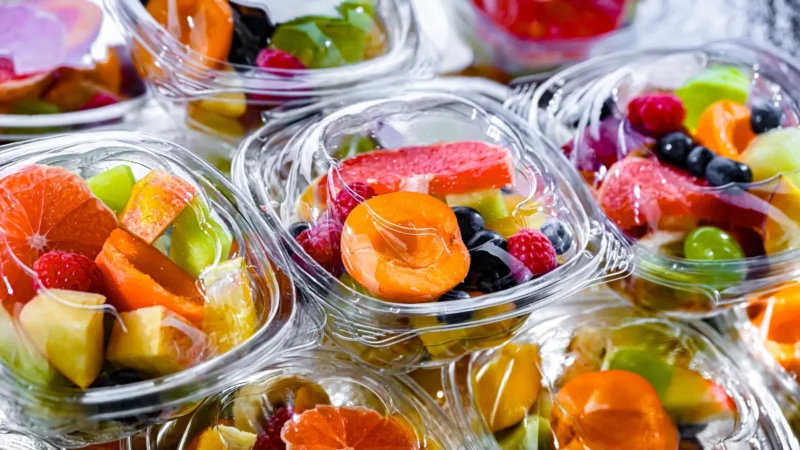Essential Insights
-
Microplastics Concern: As awareness of petroleum-derived plastic pollution and its harmful effects on food and water supplies grows, there is urgent pressure for alternatives, prompting research into biodegradable bioplastics.
-
Innovative Structure: Researchers at Washington University in St. Louis have developed a superior bioplastic called LEAFF, utilizing cellulose nanofibers to enhance strength and allow biodegradability at room temperature.
-
Market Potential: The bioplastic market is positioned for growth, with the U.S. leveraging its agricultural resources to produce cost-effective feedstock, enhancing its competitiveness against Asian and European counterparts.
- Circular Economy Vision: This technology not only addresses waste issues but also aims to create a circular economy, transforming waste into valuable materials and fostering job creation through an enhanced bioplastic supply chain.
Turning a New Leaf in Plastics
Society faces a persistent struggle with plastic pollution. Traditional petroleum-derived plastics seep into our ecosystem, leaving harmful microplastics in our food and water supply. Awareness of these issues has heightened urgency for alternatives. Researchers have sought biodegradable versions of plastics, commonly known as bioplastics. However, early bioplastics presented their own challenges: they often lacked the strength of conventional plastics and required high-temperature composting to degrade.
Recently, scientists at Washington University in St. Louis tackled both these problems. They drew inspiration from nature, particularly the leaf. Leaves decompose easily due to their cellulosic structure. By incorporating cellulose nanofibers into their design, they crafted a multilayer bioplastic that boasts both strength and biodegradability. This innovative approach addresses longstanding limitations, making it a compelling solution for manufacturers.
A Circular Economy for the Future
The implications of this new bioplastic, named LEAFF, extend beyond environmental benefits. Made to degrade at room temperature, LEAFF improves food packaging by preventing moisture loss and allowing for easy printing. This streamlined functionality can significantly lower production costs, making bioplastics more accessible to manufacturers. Notably, LEAFF demonstrates higher tensile strength than conventional petrochemical plastics, marking a significant advancement.
The U.S. has a unique opportunity to lead the bioplastics market, leveraging its vast agricultural resources. Producing bioplastics from waste not only reduces pollution but fosters a “circular economy.” By transforming waste into valuable materials, we can create jobs and stimulate new markets. As research continues to innovate, the future appears promising for both our ecosystems and our economy. This bioplastic breakthrough may well signify the beginning of a more sustainable chapter in our consumer journey.
Stay Ahead with the Latest Tech Trends
Explore the future of technology with our detailed insights on Artificial Intelligence.
Discover archived knowledge and digital history on the Internet Archive.
TechV1

